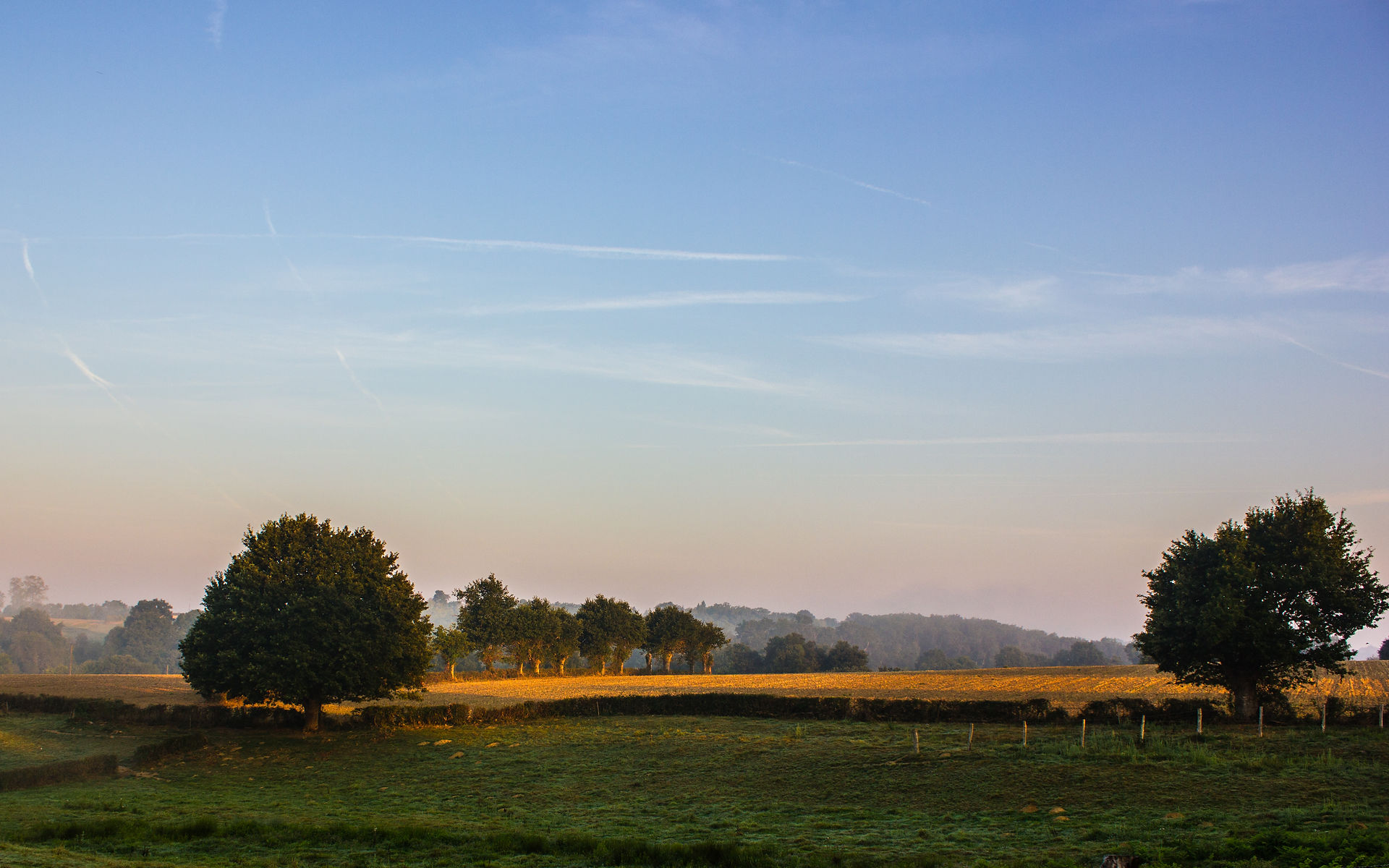
Adam Mundy
Amateur Photographer
How to add colour to old Black & White photos
Adding colour to black and white photos sounds difficult, but it's actually incredibly simple and easy to do.
Last Christmas I decided to add colour to some of my Nan's old photos, get them framed and give them to her as a gift. She's one of those people who are incredibly hard to buy gifts for, and finding inspiration can be difficult! Fortunately she absolutely loved these photos, I find that it gives them more depth and can bring worn photos back to life. However, I've no idea what I can get her next year!
Step 1: Add photos to your computer
This is best done by scanning the images as you will get a much better resolution. However if you don't have a scanner then taking a photo of the photo then putting it on your computer that way can also work. Obviously this will depend on your camera. If you capture the images this way you will also need to be wary of light glaring off the photos.
To show you how to do this, I'm going to be using
a photo of my Nan with her parents standing
outside their front door in Sunderland when she
was about 15. This photo would therefore have
been taken around 1939/40 or so.
Step 2: Open up image in Photoshop
I'm using Photoshop Elements 11, this method should work in most (if not all) versions of photoshop. However the layout may differ slightly.
As you've (hopefully!) noticed, I've got the layer view
open. This will be useful as this method involves
creating new layers and switching between them.
Step 3: Create New Layer
Go to Layer>New>Layer, or click on the new layer icon in the layer view. I prefer to rename all new layers I create just so I can keep track of them (especially if I'm making a complicated image). Of course, you don't have to but I find it does help. To rename a layer just right click on the layer name in the layer view and click 'rename layer' (or Layers>Rename Layer).
You will (eventually) need to create a new layer for each colour that you use, this is so that you can be flexible with what you are creating.
You will also need to change the blending mode to colour (or 'Color' as it says on mine, I need to change the language to British English!). This helps to retain the original image.
To change the blending mode, click on where it says 'Normal' in the layer view, just above where the layers are listed. On my screenshot the button is obscured (it's behind where it says 'Normal' in the list).
Step 4: Select A Colour and A Soft Brush
As I've named this layer 'Skin Tones' I will select a colour that I can use for that. When you select a colour, keep in mind the finished look you are going for. Most of you will be wanting to bring through detail from the original image, this involves lowering the opacity of the layers you've coloured in. Therefore you may need to select brighter and louder colours than you may think.
This stage is basically trial and error. Select a colour and a soft brush and paint the appropriate areas for the colour you have, then lower the opacity as needed. This is the reason you only use one colour per layer, as the opacity levels will differ.
Step 5: Repeat for all Colours
Once you are happy with the colour you've added to the first layer, repeat steps 3&4 until everything you want coloured in has been done.
Remember to adjust the opacity as needed. With this photo I wanted to keep the old, nostalgic quality it has. This meant lowering the opacity quite a lot in order to wash out the colours. Again, this process is trial and error as you start, the more you do the easier (and quicker) it gets.
Step 6: Save Your Work!
I always tend to save the final photoshop file, as well as converting it to a JPEG. This allows me to make any adjustments I need to (for example, with this photo I originally used the wrong colour for the blue dress. Fortunately before printing the image off I made sure to check with my Aunt who corrected me!).
The final image:
And here are some other examples:









